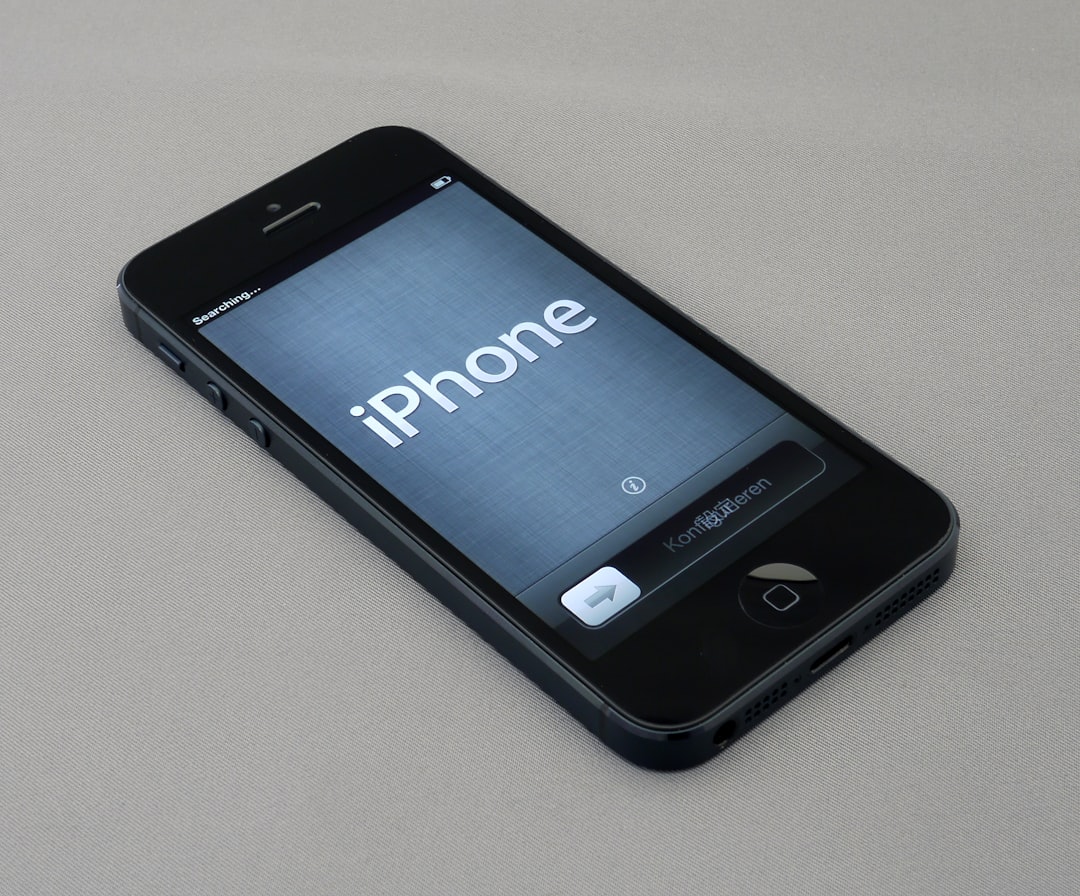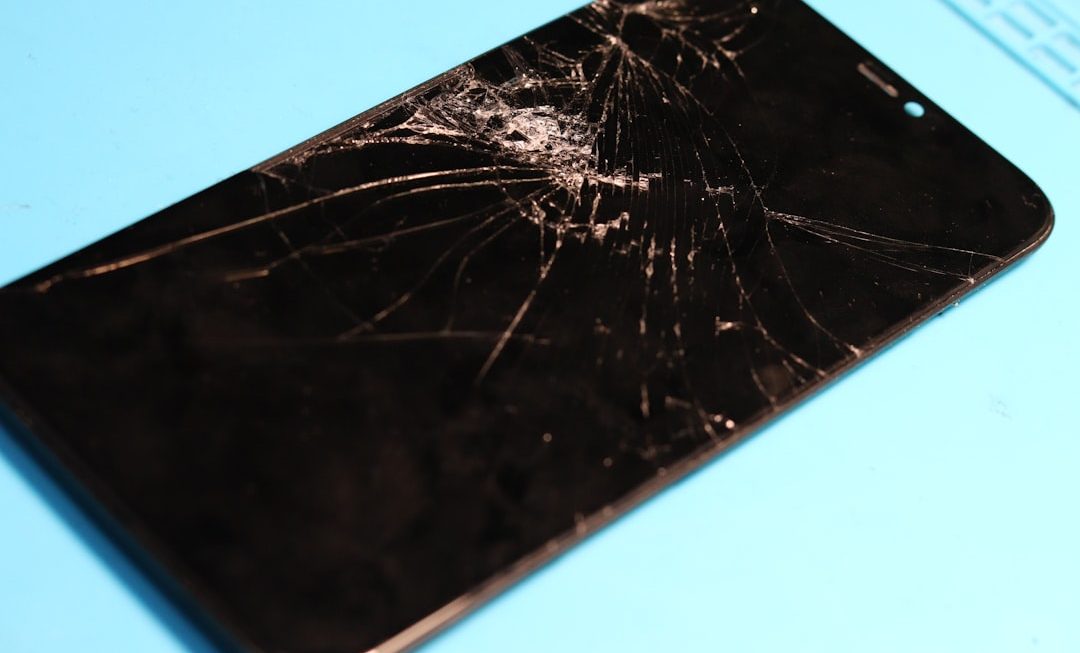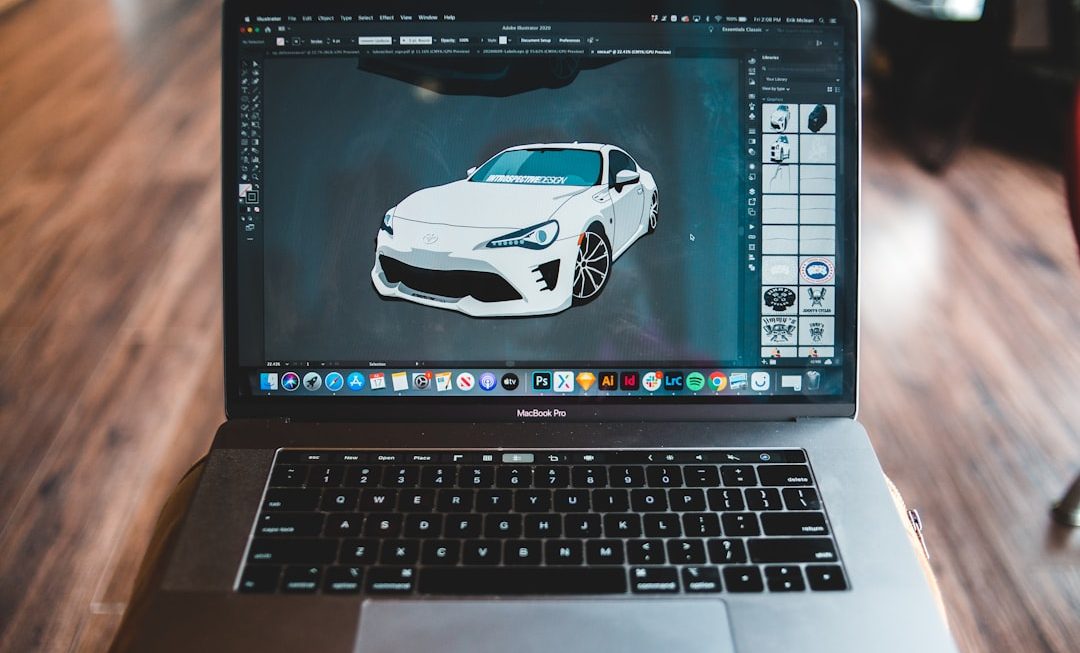Many iPhone users love the convenience that the long press, known as Haptic Touch, provides. It makes it possible to preview messages, access quick actions, and interact more efficiently with apps. However, some users find the default long press duration to be unnecessarily slow, which can make navigating the interface feel laggy and frustrating.
Thankfully, Apple allows users to speed up Haptic Touch without needing any third-party apps or complicated tweaks. With just a few taps, users can dramatically improve the iPhone’s responsiveness and make it feel snappier than ever.
What Is Haptic Touch?
Haptic Touch is Apple’s feature that replaces the older 3D Touch technology. Instead of relying on pressure-sensitive hardware, Haptic Touch detects how long your finger is pressing on the screen. When held long enough, it activates a tactile feedback that simulates the “pop” sensation of 3D Touch.
Though intuitive, the default touch duration may feel slow to seasoned iOS users or anyone who prefers quick interactions. Fortunately, the solution takes less than a minute to apply.
How to Speed Up Haptic Touch
Here is a simple step-by-step guide to speed up the long press response on an iPhone:
- Open the Settings app on your iPhone.
- Scroll down and tap Accessibility.
- Under the Touch section, choose Haptic Touch.
- You’ll see two options: Fast and Slow.
- Select Fast for quicker response time.
- You can test the response speed with the on-screen preview.
That’s it! With this change, apps and system interactions that utilize Haptic Touch will respond more rapidly to your touch.

Why the Default May Feel Too Slow
Apple sets the default duration to a medium-long press to avoid accidental touches and to provide a smoother user experience for new or less technical users. However, for those familiar with the iOS system or for power users who value speed and responsiveness, this default setting can lead to unnecessary delays.
Once Haptic Touch is set to Fast, users often find their daily device usage feels far more seamless. It’s a subtle tweak that makes a big difference—particularly for those who use long press functions often through Control Center, Home Screen shortcuts, or message previews.
Devices That Support This Feature
Haptic Touch is available on all iPhones beginning with the iPhone XR and newer. It works across different models, including:
- iPhone XR
- iPhone 11 Series
- iPhone 12 Series
- iPhone 13 Series
- iPhone 14 Series
- iPhone 15 Series
If you’re not sure if your device has Haptic Touch, simply follow the steps mentioned above. If your phone supports it, the setting will appear under Accessibility.
Conclusion
Sluggish Haptic Touch can be a small frustration with big consequences for daily productivity. Luckily, Apple makes it incredibly easy to address by letting users adjust the response time. By switching the setting to Fast, anyone can enjoy quicker access to features and smoother interactions.
It’s a simple tweak that can be made in seconds, but its effects will be felt every day — speeding up workflows, enhancing satisfaction, and making iPhones even more delightful to use.
FAQ
-
Q: Will changing Haptic Touch speed affect battery life?
A: No, adjusting the Haptic Touch duration does not have any noticeable effect on battery life. -
Q: Can I turn Haptic Touch off completely?
A: Not directly. You can reduce haptic feedback system-wide using Accessibility or Sound & Haptics settings, but you cannot disable Haptic Touch entirely. -
Q: Is Haptic Touch the same as Force Touch?
A: No, Haptic Touch relies on time-based gestures, while Force Touch (available only on older devices) was pressure-sensitive. -
Q: What apps benefit most from faster Haptic Touch?
A: Messaging, Mail, Safari, and any app that uses home screen context menus or in-app previews will feel more responsive.




